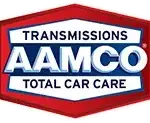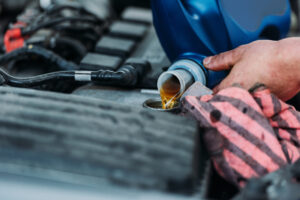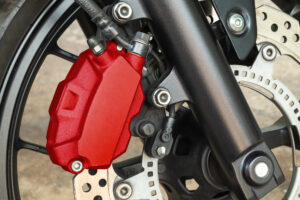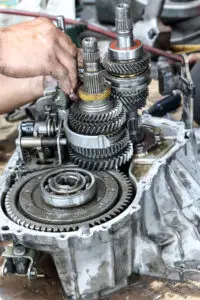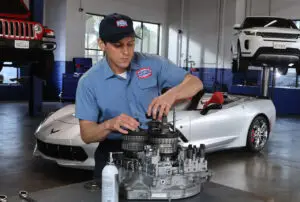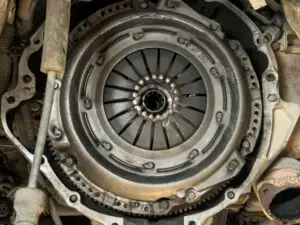Is it just the weather, or is your car more sluggish? Did your car hesitate, or did you briefly lift your foot? Especially with subtle signs, it can be tough to decipher whether changes in your car’s performance are normal—or if they indicate you need to schedule an auto repair service. Many of the most common signs of issues with your car will gradually get worse over time and often indicate a simple auto repair is needed—when handled sooner rather than later. If you notice any of these signs from your car, it’s time to head to a trusted mechanic for diagnostics and repairs.
Drips Underneath Your Car
One of the most common car problems is leaking fluid. Many of your vehicle’s systems use fluid to operate, including the engine, transmission, brakes, cooling system, and power steering. Any of these could develop a leak, leaving drips underneath your car. You’ll likely also start noticing other signs from your vehicle related to whichever system is impacted by the leak.
Fluid Leaks Can Be Tricky to Locate—and Can Cause Serious Harm
While the location of these drips can help point you and your mechanic in the right direction for repairs, it’s not a foolproof way to diagnose exactly where repairs are needed. Over time, as fluid levels become lower, it can lead to more serious issues and changes in the performance of your vehicle, so it’s essential to have a leak diagnosed and repaired right away by a professional mechanic.
Frequent Engine Misfires or Stalling
When you accelerate, does your car suddenly jerk or stall? If so, you may be dealing with engine misfires, which most commonly happen due to issues around fuel delivery and combustion. For your engine to run smoothly, adequate fuel must be delivered consistently into the cylinders and then ignited with precise timing. When this process is thrown off, your engine won’t deliver consistent power to keep your car moving.
Faulty Spark Plugs & Insufficient Fuel Delivery are Common Causes
Most often, engine misfires happen due to faulty spark plugs—but there may also be issues with the ignition coils or components in the fuel delivery system. Routine engine tune-up services at least once every year or two will help catch worn components before they fail and can prevent misfires, stalling, and other similar issues before they start.
Squealing, Grinding, or Shaking When You Brake
Traffic ahead of you slows or a light turns red and you hit the brakes—only to be met with a squealing sound. Typically, this is your first indication that it’s time to have your brake pads replaced. However, if you notice grinding or vibration when braking, it can mean there’s a more serious problem, such as damaged rotors or brake fluid issues.
Worn Brake Pads, Fluid Problems, or Alignment Issues May Be the Cause
Several underlying repairs could be behind these changes in brake performance. Grinding brakes often signal over-worn pads that are now damaging the rotors’ surface. Shaking or vibration could point to issues with brake fluid or misaligned wheels. In any case, it’s best left to a professional mechanic to inspect the brake and suspension systems and handle any necessary repairs.
A Stiff Steering Wheel or Difficult Handling
It should feel smooth and easy to turn corners or change lanes. If you’re struggling with precise handling, there may be an issue with the power steering system or other related components. Not only is this an indication you’re due for auto repairs, but it can also put you and other drivers at risk on the road. Without accurate handling, you may not be able to safely navigate and avoid accidents in traffic.
Issues Around Power Steering Often Relate to Fluid
The most common cause of steering problems is low power steering fluid, though it’s also possible that other related components are over-worn or damaged. The power steering system is hydraulic, meaning it relies on pressure generated by fluid to help do the grunt work when you turn the steering wheel. Without adequate fluid, you’ll still be able to steer, but it will take much more effort on your end.
A Dashboard Warning Light Comes On
Several dashboard warning lights may come on in your vehicle—and they point to different systems or components that need attention. These are not only there to alert you to issues that may have otherwise flown under the radar, but they’re also the first step to diagnosing necessary repairs when you visit a mechanic. If you’re not sure what a dashboard light means, check your owner’s manual.
If a Dashboard Warning Light Starts Flashing, it’s Urgent
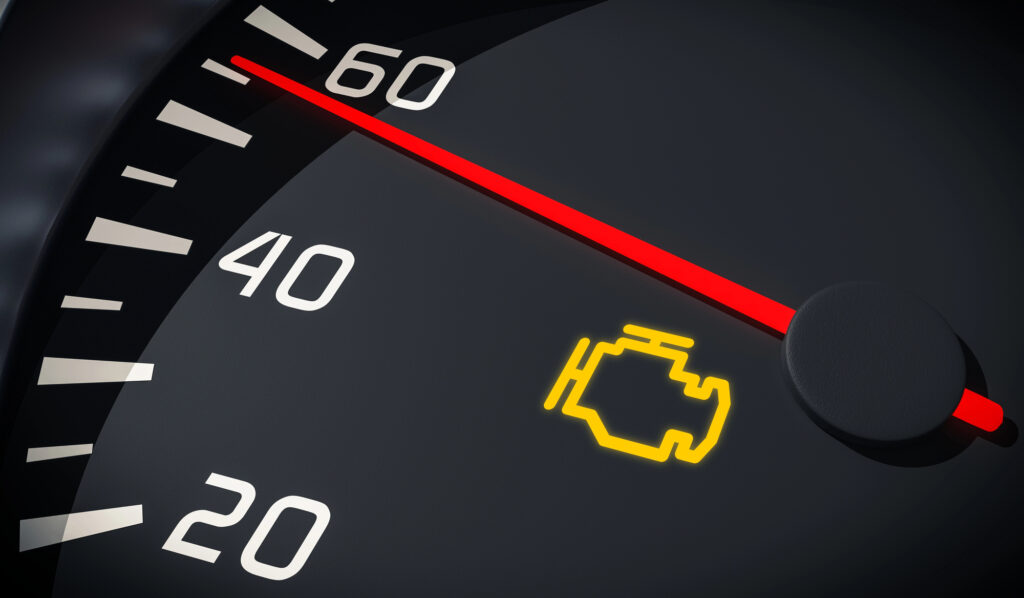
A steady dashboard warning light is an indication that you need to schedule repairs—but if it starts to flash or blink, it indicates a more urgent issue. For example, an illuminated Check Engine Light may mean there’s an emissions problem—but a flashing Check Engine Light can mean you’re at risk of more extensive engine damage or failure.
AAMCO: A Trusted Name for Total Car Care Services
When there’s an issue with your vehicle—or you’re just due for preventative maintenance—you’re in good hands with the expert mechanics at your local AAMCO. Our Total Car Care services have you covered, no matter which system or component is in need of repairs or servicing. Schedule your appointment with us today!
